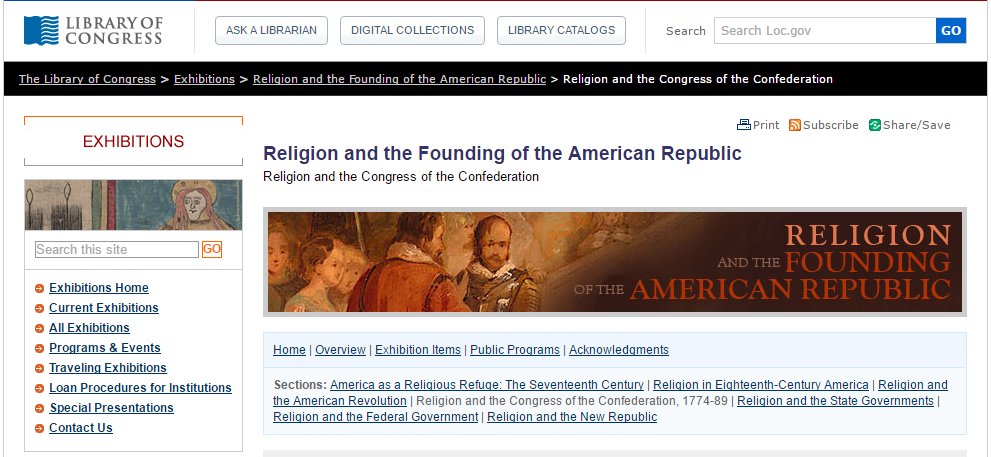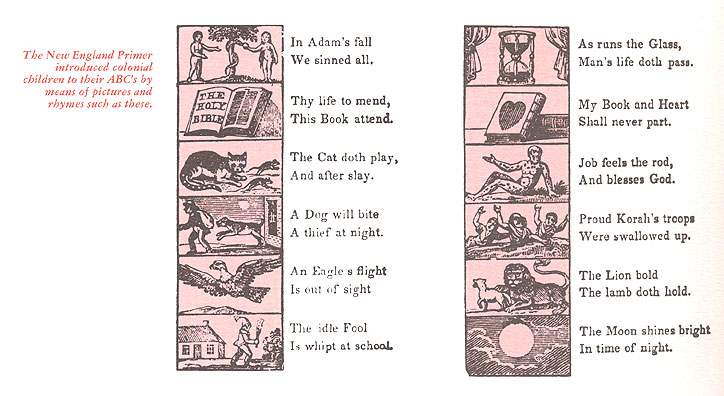One of the most controversial aspects of music in public schools centers on whether religious songs can be performed in secular settings. The courts have been occupied with this issue for decades and a course in ethics and music would not be complete without a discussion of this issue.
Let me provide an example of a religious ceremony that was held as a public music concert when I was chairperson of the Music Department at West Virginia University. Our Dean, a former percussion teacher, had arranged for the manufacture, purchase, and delivery of an Indonesian gamelan. A gamelan is a percussion orchestra of gongs, bells, and other instruments. Gamelans are a very important part of the musical culture in southeast Asia, with different types of gamelans found in Indonesia, Thailand, and other countries as well.
Here is how the concert occurred at West Virginia University. A large crowd was assembled for the event, programs handed out, and a world famous ethnomusicologist, Mantel Hood, was on hand for the ceremony that would initiate and name the gamelan. The stage was adorned with flowers and fruit, which is typical for this ceremony and very much a standard for religious occasions from that part of the world. Much of the ceremony was given in an Indonesian language, so I didn’t understand it. However, it was clear to me, having lived in Asia, that this was a religious ceremony. Offerings of fruit were made, important phrases uttered, and the instruments and audience were part of a religious gathering. Other than those who spoke the language, I may have been one of the few who knew this was a religious ceremony.
The event raised many issues in my mind. If that were a religious ceremony in a language that was understood, would the audience have been disturbed by it? Would objectors have walked out on the performance in protest or instead have appreciated the beauty and sincerity of the event? If a similar ceremony was offered by another religion, would it have been as well received?
In America today we often assume that religion does not influence our day to day life. However, people bring philosophic assumptions and religious vantage points into everything that they do no matter what the culture and age in which they live.
Please consider these three questions: How did we get here? Why are we here? Where are we going? The way in which you answer these questions determines the meaning of your life and your aspirations. Whether you draw answers from atheism, Buddhism, Christianity, or secular humanism you never-the-less have a philosophy or a belief system.
It is commonly stated and believed in America that you can easily divide the secular from the religious. This assumes, however, that you consider one belief system as neutral, that is, without any philosophical or religious influences. This is impossible, of course, since any stance will indicate a bias in itself. But let’s assume that is it possible for a society to be without religious influences. How would that society examine and even celebrate the cultural artifacts of societies that are infused with religious meaning? Is that “neutral society” able to understand cultures that embrace religion? It is clear that the majority of societies both historic and geographic have blended religion with their everyday life. Even in contemporary societies throughout the world you find religious references that are central to cultural experiences in festivals, important life events (such as weddings or funerals), and in their music.
As I noted above, it would be impossible, for instance, to inaugurate a gamelan from Indonesia without a religious ceremony. Contemporary Americans often think that our country has been historically secular. However, consider how religion was prominent in politics, education, and everyday life at the founding of the United States of America.

Documentation from the Library of Congress indicates that the early USA Congress mandated that soldiers and sailors attend “divine services,” they purchased 20,000 Bibles at public expense, and they gave public lands to a missionary organization (http://www.loc.gov/exhibits/religion/rel04.html). In the early USA you could not separate education from religion. Take a look at the first reading primer in the United States. The alphabet was taught by means of religious references to Adam, Job, and others.

The first music education in the USA was given so that people could sing music in Christian Churches (http://www.edu-nova.com/history-of-music-education-in-the-us.html). Later “Singing Schools” were important cultural education in America, again with the purpose that those attending church services could participate in song. (https://en.wikipedia.org/wiki/Singing_school). At this period of history in the USA you could not separate religion from education. Education at that time was an expression of the religious beliefs of that culture.
So once again I return to the question, “How does a society which considers itself without religious bias examine and celebrate cultural artifacts that are religious in nature?” Keep this question in mind as you read portions of the excellent article by R. Collin Mangrum with the title, “Shall We Sing? Shall We Sing Religious Music in Public Schools?” I hope that the article will help you understand the complexity of the issues.